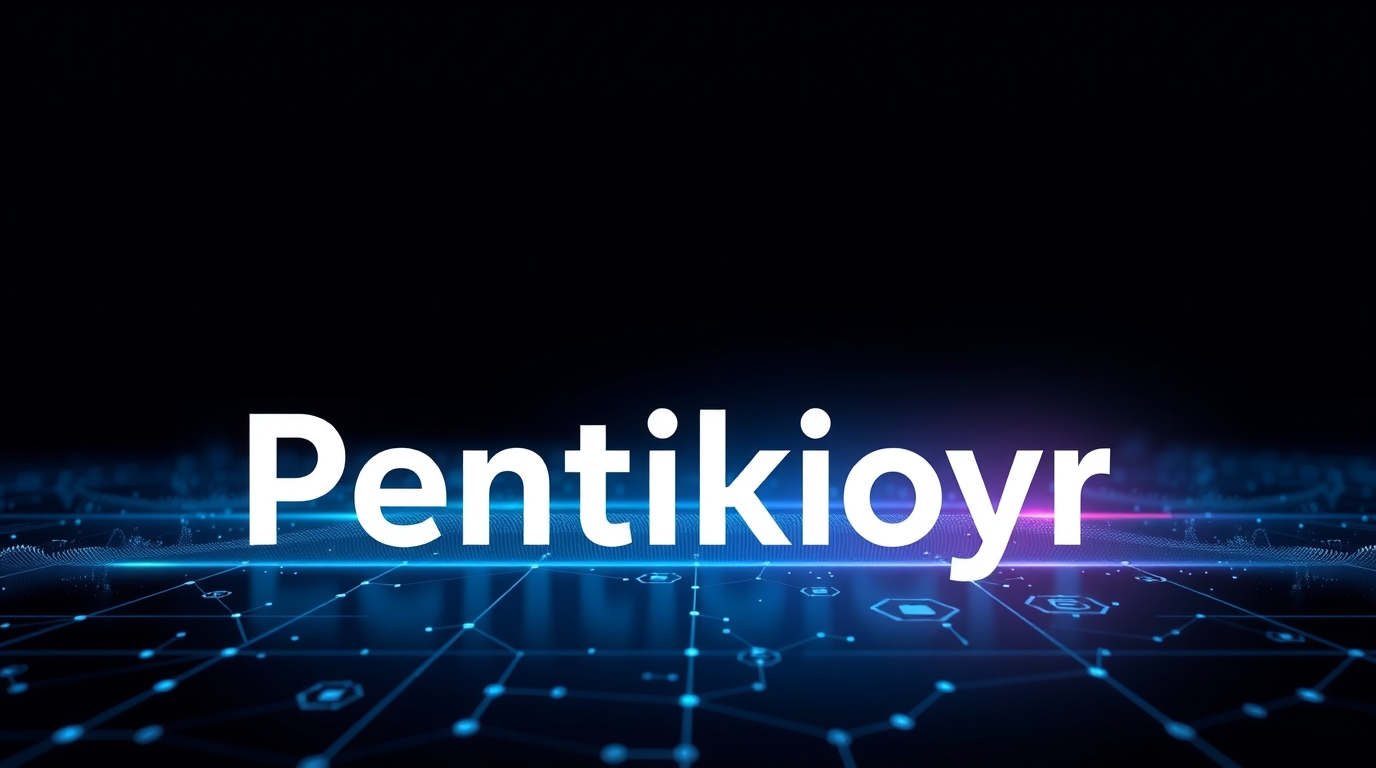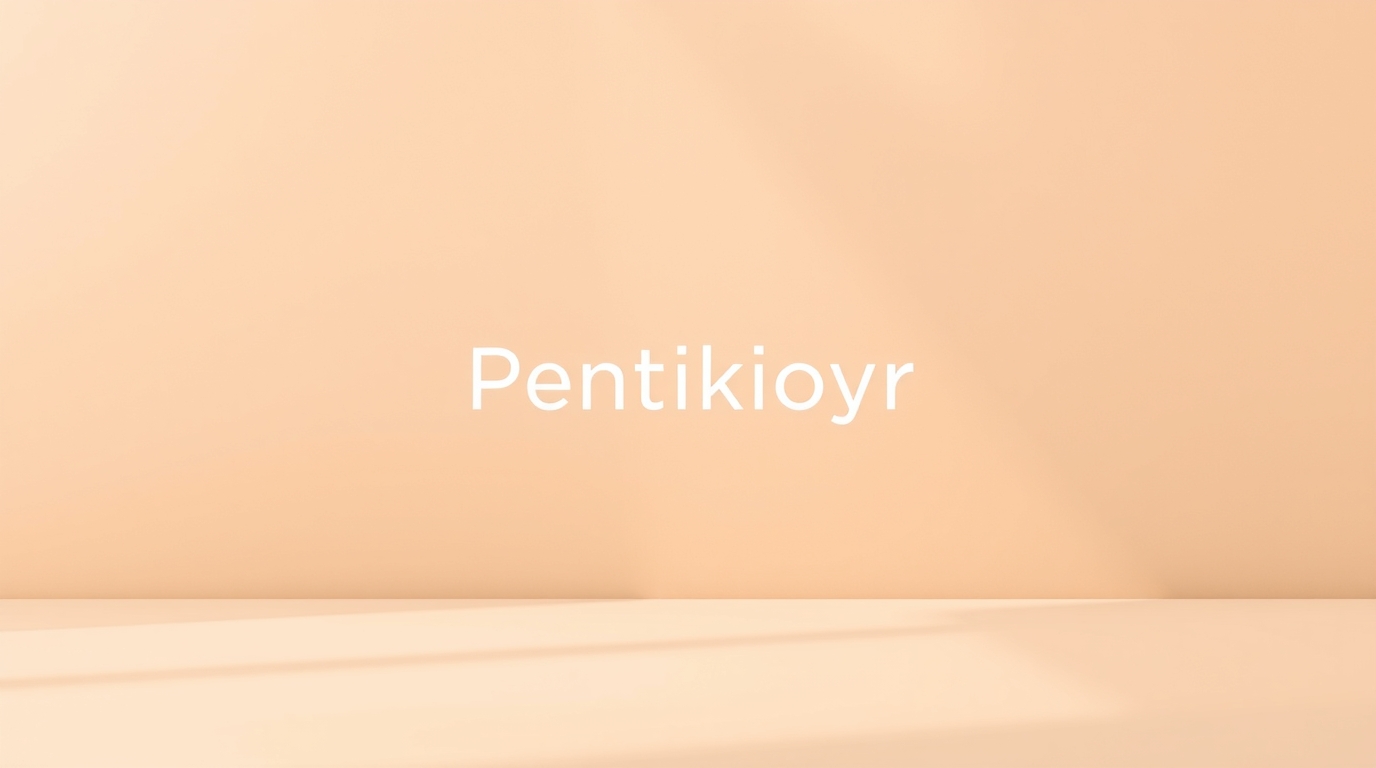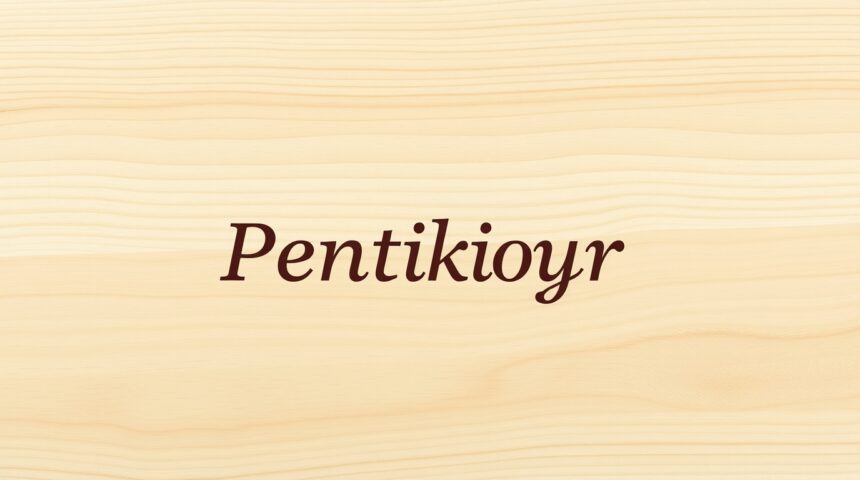Pentikioyr is rapidly entering conversations across product teams, analysts, and curious users, and this article explains what Pentikioyr is, why it matters, and how to get real value from it. In plain U.S. English, I’ll walk through the core features of Pentikioyr, practical benefits organizations and individuals see today, and expert-backed tips to adopt it effectively. This piece blends clear explanations with a biographical-style outlook—drawing on reported industry use cases, practitioner observations, and documented best practices—to give you a grounded, actionable understanding of Pentikioyr.
Quick information Table
| Data point | Detail |
|---|---|
| Field of relevance | Product & workflow optimization |
| Typical adopters | Mid-size teams, digital product managers |
| Average implementation time (reported) | 6–12 weeks (pilot to scale) |
| Key measurable benefit | Efficiency gains and reduced rework |
| Common integration points | CRM, analytics, deployment pipelines |
| Typical team roles involved | Product lead, engineer, data analyst |
| Notable success signal | Faster time-to-decision in pilot projects |
| Representative maturity level | Emerging to early mainstream adoption |
What Pentikioyr Is (and What It Isn’t)
Pentikioyr is best described as a structured approach and toolkit that helps teams standardize decision workflows, automate repetitive steps, and create repeatable feedback loops. First, it emphasizes structured inputs and decision criteria so teams avoid ad-hoc choices; second, it layers automation to remove manual gatekeeping; third, it uses measurable checkpoints so teams can iterate quickly. Importantly, Pentikioyr is not a silver-bullet replacement for sound judgment—it’s a framework and set of tools that augment human decisions and make scaling consistent outcomes easier.
Core features that define Pentikioyr

Pentikioyr’s core features cluster around three practical capabilities that organizations value: rigorous decision templates that make priorities explicit, integration adapters that connect with existing systems, and audit-ready logs that make accountability visible. Templates create consistency across teams; adapters reduce integration friction and preserve existing workflows; logs provide traceability for audits and continuous improvement. Together these features let teams move faster without sacrificing clarity or compliance.
Benefits organizations consistently report
Teams that deploy Pentikioyr report three recurring benefits: speed (faster decision cycles), quality (fewer rework loops), and transparency (clear rationale for choices). Speed comes from codifying routine decisions; quality improves because standardized inputs reduce variance; transparency grows from accessible logs and decision histories that keep stakeholders aligned. When these three benefits align, organizations often see measurable downstream effects such as improved customer response times and reduced operational overhead.
How Pentikioyr improves team workflows
Pentikioyr changes workflows by introducing lightweight governance, automated checks, and shared decision artifacts. Governance sets explicit approval thresholds so work flows without constant manager intervention; automated checks validate inputs to prevent obvious errors from progressing; shared artifacts (templates, decision records) let new team members onboard faster and reduce institutional knowledge loss. These workflow shifts collectively reduce dependencies on single people and make continuity possible when teams scale.
Implementation considerations and common pitfalls
When adopting Pentikioyr, teams commonly face scope creep, integration mismatches, and cultural hesitation. Scope creep happens when teams try to model every edge case instead of focusing on core decisions; integration mismatches occur when adapters don’t align with legacy endpoints; cultural hesitation surfaces when people see Pentikioyr as policing rather than enabling. Tackle these by starting with a small, high-impact pilot, aligning integration points on clear success metrics, and framing training as empowerment rather than surveillance.
A practical, biographical-style case perspective
From the vantage point of industry observation, a typical Pentikioyr pilot looks like this: a product lead defines three decision templates for release readiness, an engineer wires two adapters into CI/CD and analytics, and a data analyst configures dashboards to show decision outcomes. The pilot moves through three phases—design, trial, and scale—and each phase yields lessons that refine templates and automation. Practitioners emphasize the value of documenting assumptions, testing one adapter at a time, and celebrating early wins to build momentum.
Technical integrations and compatibility (one paragraph with bullets)
Integration choices matter for long-term success: pick connectors that match your stack; prioritize low-lift adapters first; plan for data portability—common integration patterns include: – CRM sync for customer-impact decisions; – analytics pipelines to capture decision outcomes; – CI/CD hooks to gate deployments; these integrated points ensure Pentikioyr becomes part of your existing system landscape rather than a siloed add-on, and they help you measure impact through real product events.
Adoption roadmap and timeline

A realistic roadmap for Pentikioyr adoption follows three phases—pilot (4–8 weeks), stabilization (8–16 weeks), and scale (3–6 months)—with milestones at template validation, adapter reliability, and measurable outcome improvement. During pilot, focus on one domain and collect baseline metrics; during stabilization, harden adapters and train cross-functional champions; during scale, roll templates across teams while tracking time-to-decision and error rates. Consistent checkpoints and retrospectives at each phase help teams adapt the approach to their context.
Measuring success: KPIs and evidence
Measure Pentikioyr success with three evidence-driven KPIs: cycle time reduction (time from request to decision), error/rework rate (percentage of items needing rework), and stakeholder alignment score (survey-based cross-team alignment). Quantitative KPIs show process gains, while qualitative feedback captures cultural acceptance and usability. Combining these measures into a dashboard gives leaders an evidence-based view to support ongoing investment.
Expert tips to get the most from Pentikioyr
Experts recommend focusing on clarity, iteration, and transparency: clarify decisions with minimal necessary fields to avoid friction; iterate templates based on real cases rather than theoretical completeness; and keep decision logs transparent so teams learn from past choices. Additionally, treat the first 6–12 weeks as discovery—expect adjustments and prioritize high-value gates first. These pragmatic tips help keep the initiative practical and aligned with day-to-day work.
Risk management and compliance considerations
Pentikioyr can improve compliance through audit trails and standardized approval flows, but teams must design data retention and access controls carefully to manage privacy and governance risks. First, map what decision data is sensitive and enforce role-based access; second, define retention windows in line with regulatory requirements and business needs; third, test audit exports so compliance teams can verify records easily. These steps reduce friction with legal and security functions and make Pentikioyr adoption more sustainable.
Building long-term value: scaling and culture
To sustain Pentikioyr’s value, blend technical scaling with cultural practices: document winning templates in a shared playbook, rotate governance responsibilities so ownership widens, and run quarterly design retrospectives to refine decision criteria. Technical scale means automating more adapters and improving performance; cultural scale means embedding the framework into job routines. Together, these actions turn Pentikioyr from a pilot project into a durable capability that improves with use.
Final thoughts / Conclusion
Pentikioyr promises practical gains when approached as a flexible framework: it standardizes decisions, automates routine checks, and makes outcomes measurable. By focusing on small pilots, pragmatic integrations, and clear KPIs—while treating the initiative as part technology and part cultural shift—teams can realize faster decisions, fewer errors, and more transparent operations. Pentikioyr is not a one-size-fits-all magic solution, but with careful rollout, regular iteration, and attention to compliance and data portability, it becomes a durable capability that drives measurable improvement. If your team is evaluating Pentikioyr, start with one high-impact use case, instrument decision outcomes from day one, and iterate quickly—those steps will maximize your return and accelerate learning.
Frequently Asked Questions (FAQs)
Q1: What is Pentikioyr used for?
Pentikioyr is used to standardize decision-making workflows, automate routine checks, and record decision histories—helping teams reduce variance, speed up cycles, and improve traceability.
Q2: How long does Pentikioyr take to implement?
Implementation typically follows a pilot-to-scale approach: a focused pilot can take 4–12 weeks, stabilization another 8–16 weeks, and broader scaling over several months; timelines depend on integration complexity and organizational readiness.
Q3: What roles should be involved in a Pentikioyr rollout?
Common roles include a product or program lead to guide requirements, engineers for adapters and integrations, data analysts for measurement, and stakeholders from compliance or security to review governance and retention policies.
Q4: How do you measure the success of Pentikioyr?
Success is measured with KPIs like reduced time-to-decision, lower rework/error rates, and stakeholder alignment scores, supplemented by qualitative feedback and audit-ready decision logs.
Q5: Are there common mistakes to avoid when adopting Pentikioyr?
Yes—avoid trying to model every edge case at once, don’t neglect integration testing, and don’t present the framework as policing; instead, start small, iterate quickly, and communicate benefits clearly to build trust.
FOR MORE : FLIPPAMAGAZINE












